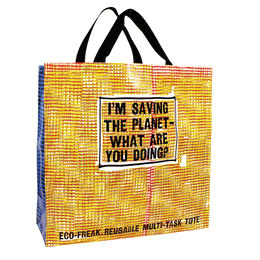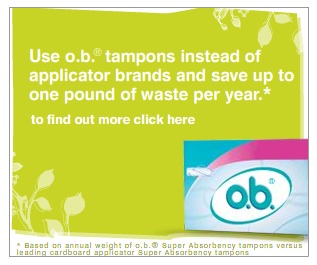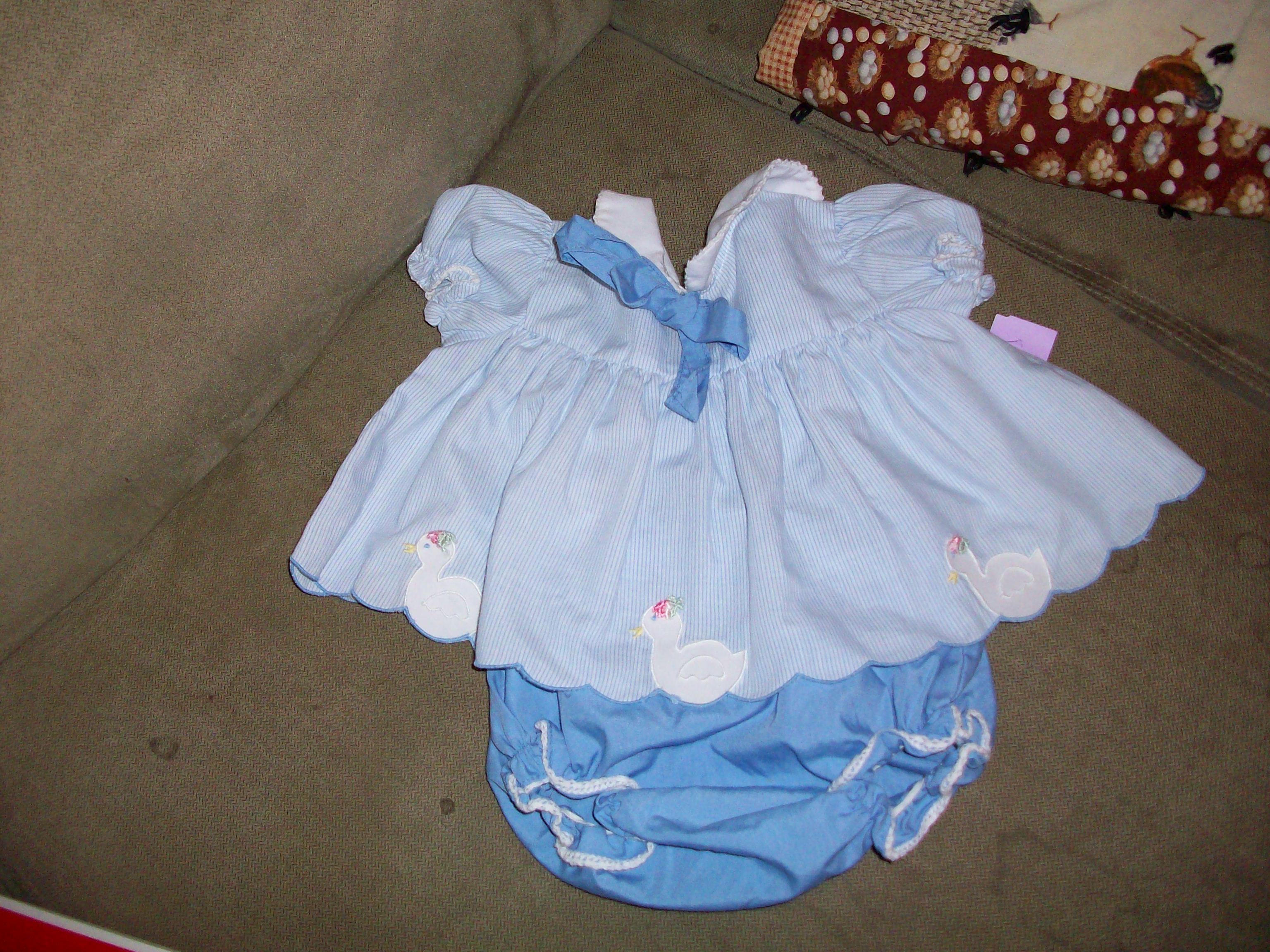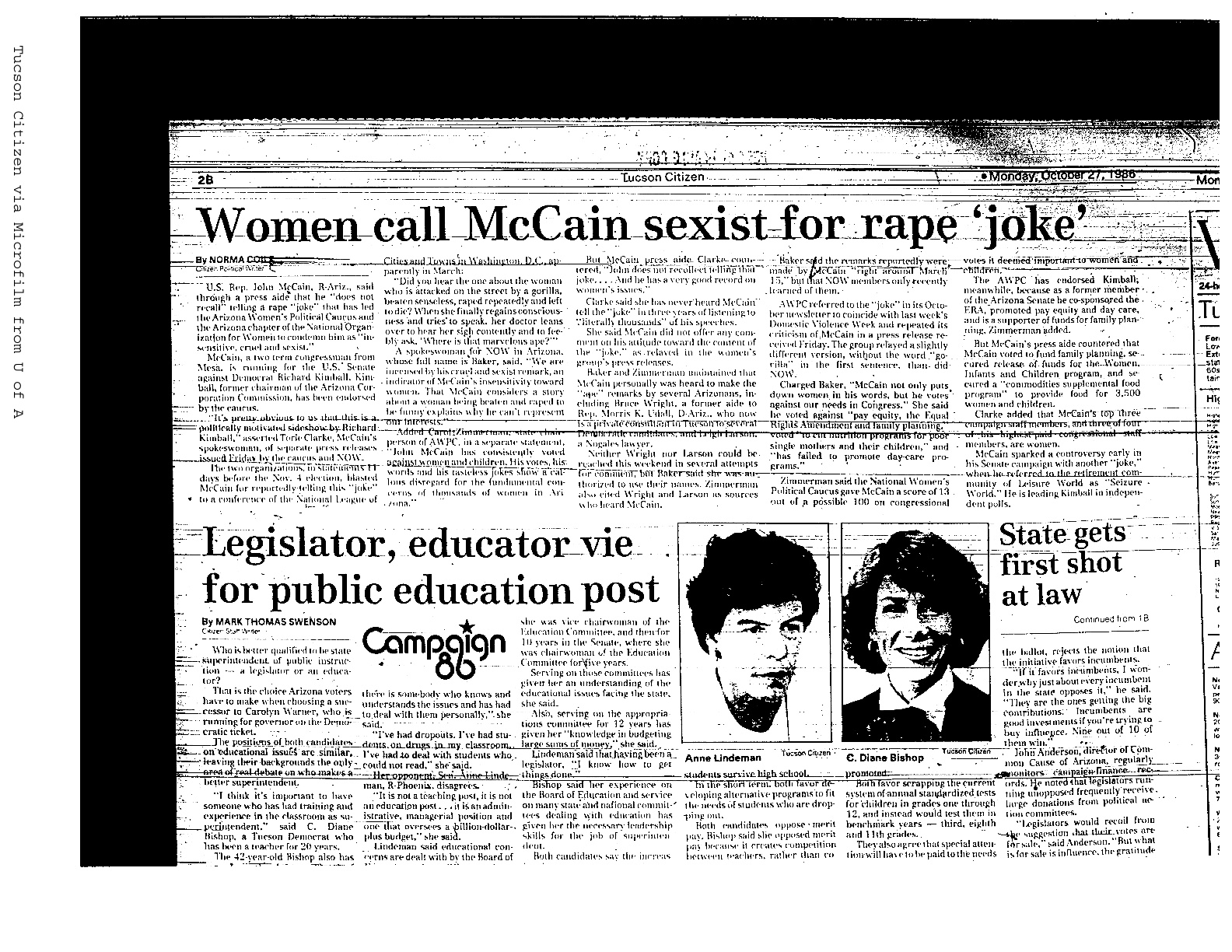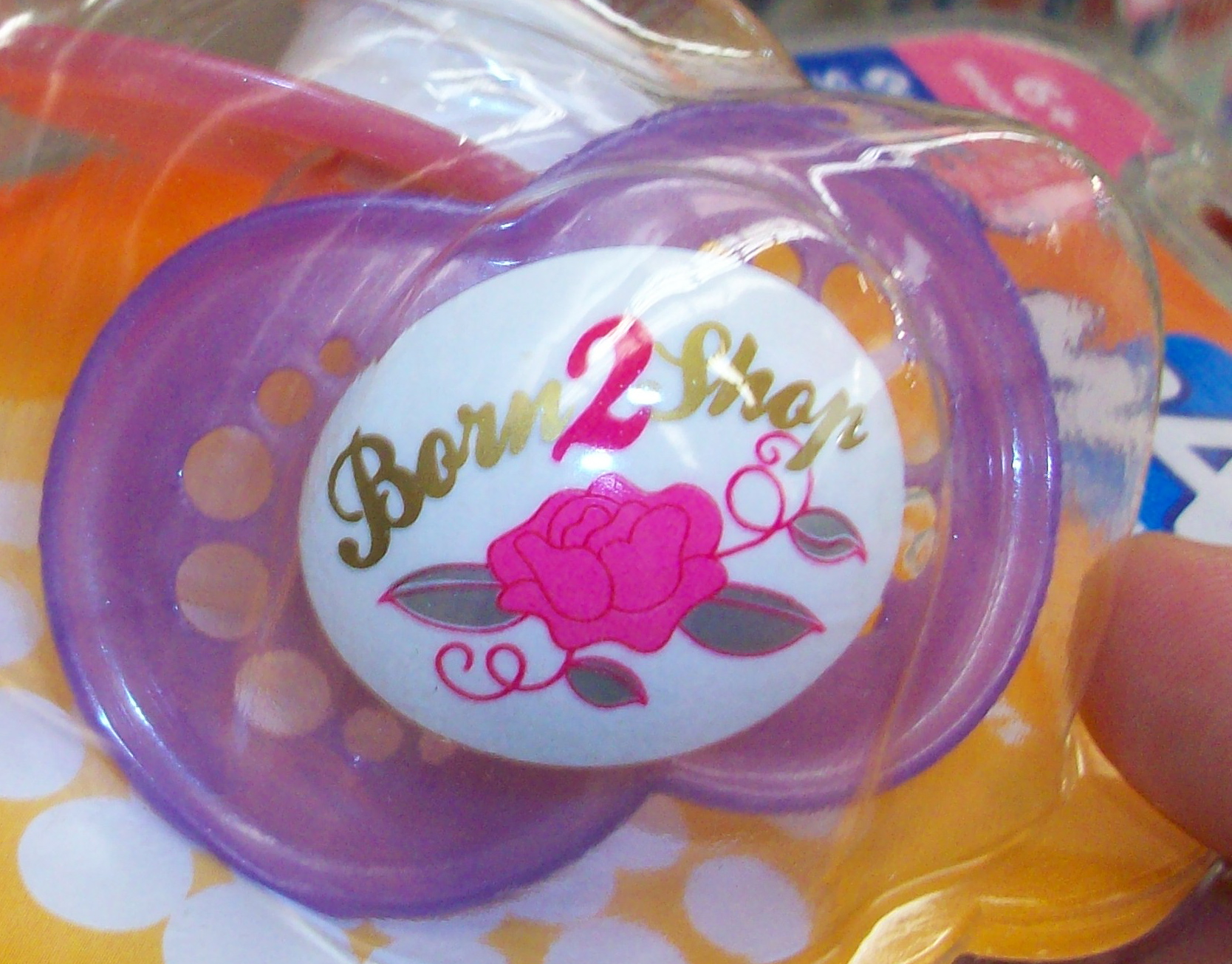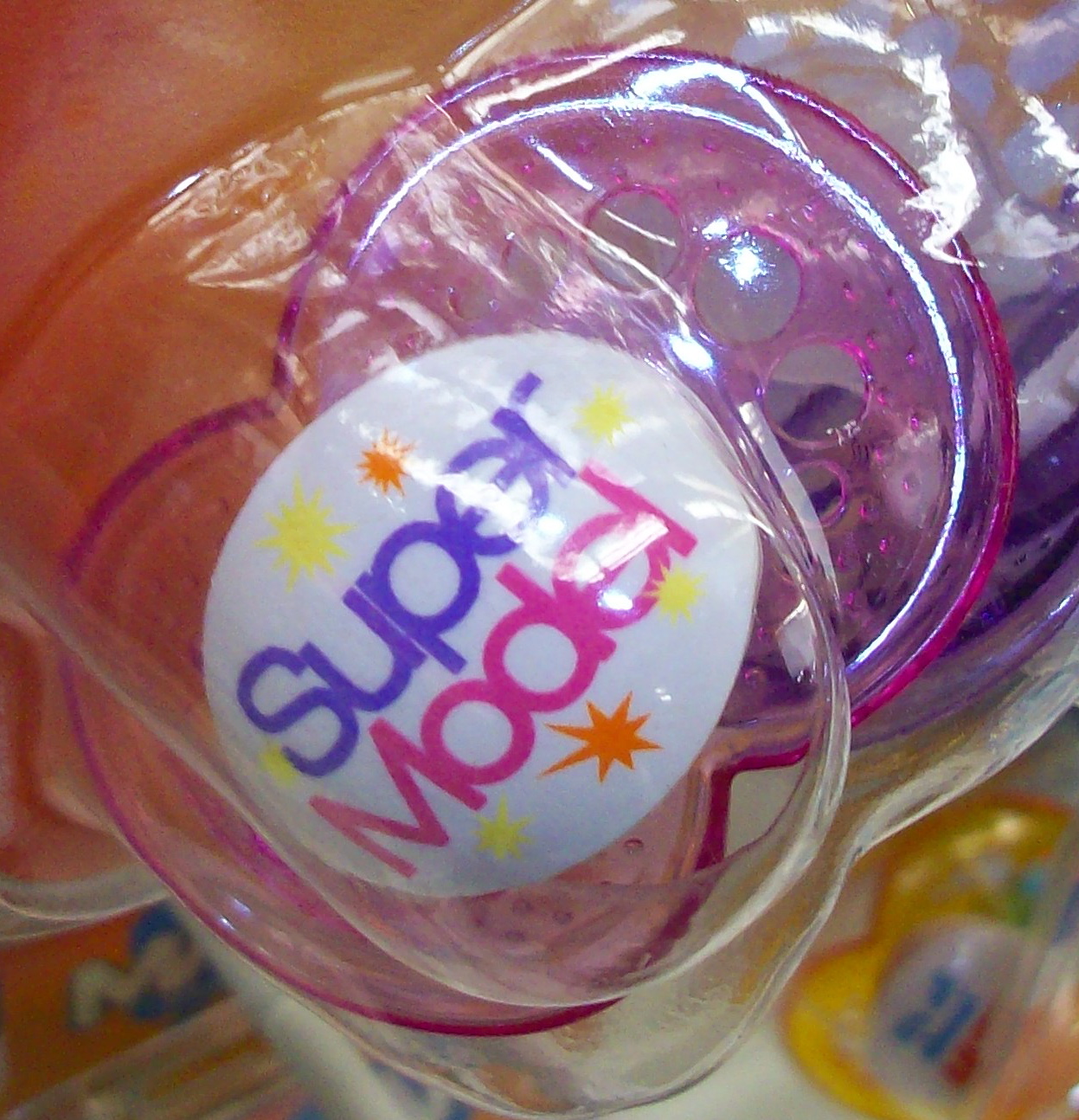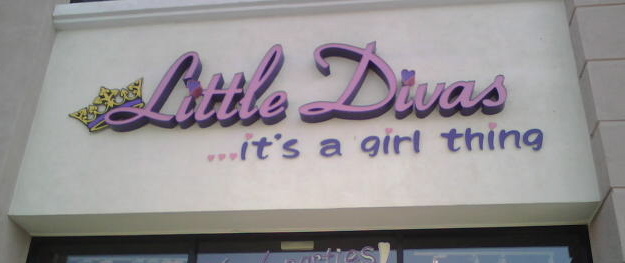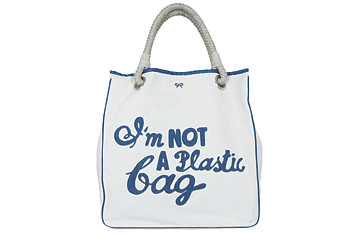Parents, feminists, and cultural critics often express dismay at Barbie, Bratz, and similar fashion-type dolls for girls that are often sexualized and have extremely unrealistic body proportions, leading many to argue that they provide bad models for children and may promote negative body image among girls.
As a result, every so often “anti-Barbie”-type dolls come out. They often have more realistic body proportions and aim to provide a wider range of images of women and girls in terms of activities, dress, and/or careers. One example of this was the Get Real Girl line that came out around 2001 in the U.S. (images found here):

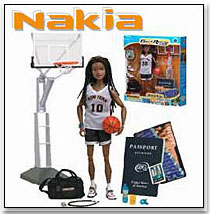
Here’s a description from this website:
While other dolls teeter on feet formed for high-heels, Get Real Girls stand on their own two feet, have posable, fully-articulated bodies and display physical tone and definition for full-action play. The Girls’ faces have soft natural features and are dressed in authentic sports clothing.
And yet, as with so many of these types of dolls, as far as I can tell, these were short-lived. The website is basically defunct–you can go to it, but there are no working links to the supposedly interactive features. I couldn’t find any websites currently selling the dolls.
This brings up some interesting issues, particularly the fact that what parents want their kids to want and what kids actually want often do not coincide. As I’ve discussed before, kids often have their own ideas about toys and how to play with them and may reject the non-traditional toys their parents think they ought to be crazy about. They may shy away from these toys because they aren’t like the ones their friends are playing with or that they see on TV. Or they may come up against one major problem with creating new types of dolls for girls: if they have more realistic body proportions, they don’t fit into the wide array of clothing and shoes designed for dolls with Barbie’s proportions. There’s an inertia in the toy industry because of this–new, differently-shaped dolls don’t fit the clothes and accessories kids may already own and the range of outfits available to put on them is limited because the market for them is so new and small. However, this problem can apparently be overcome, since according to this website Barbie is bigger than the Bratz dolls and so can’t really wear clothing designed for them (the site also helpfully warns against over-brushing Bratz dolls’ hair), and yet they became wildly popular (to the dismay of many parents).
I just thought these might be interesting for a discussion of the toy industry generally, efforts to provide alternatives to Barbie-type dolls, and the difficulties of doing so due to the fact that kids just might not like them.

